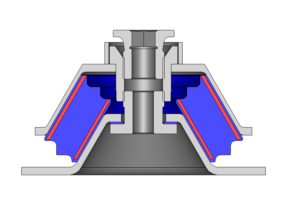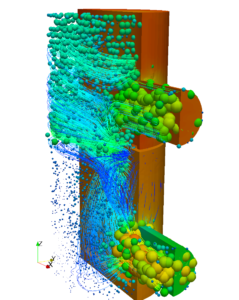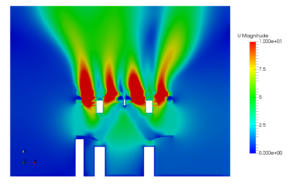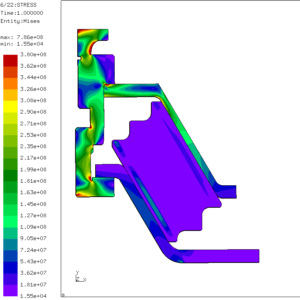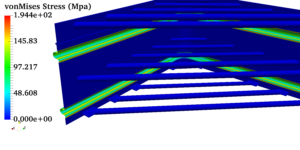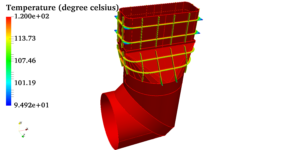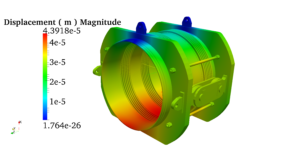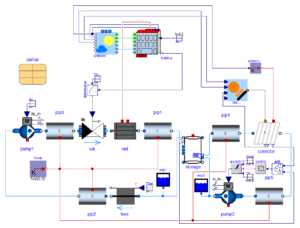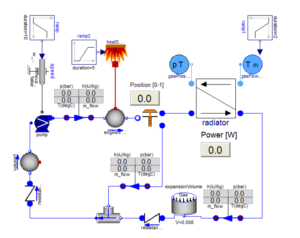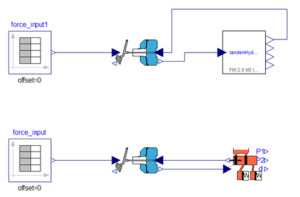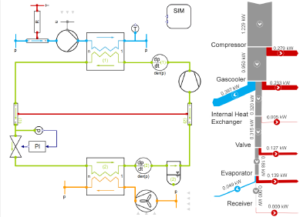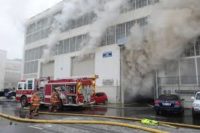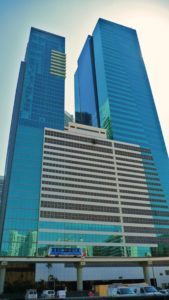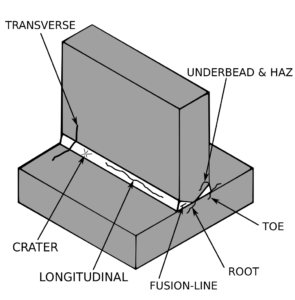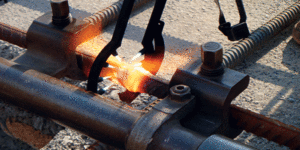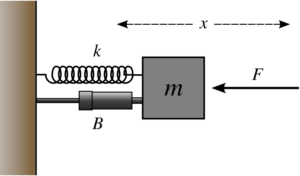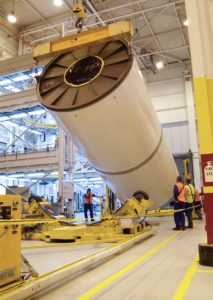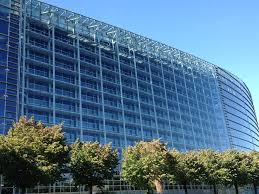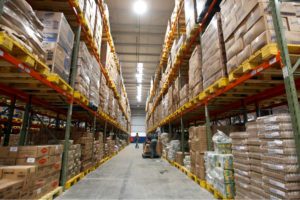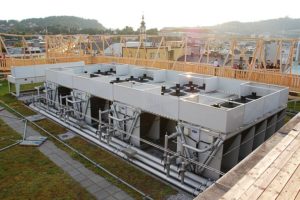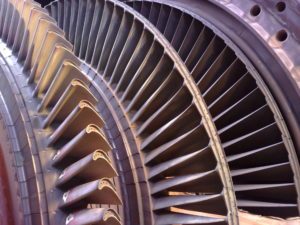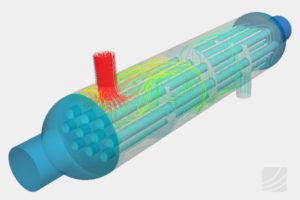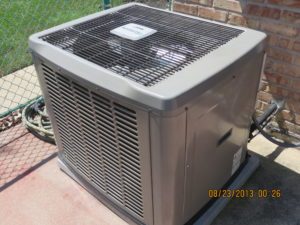Smoke and Egress Analysis in An Automobile Body-Shop
Smoke & Egress Analysis in an Automobile Body-Shop
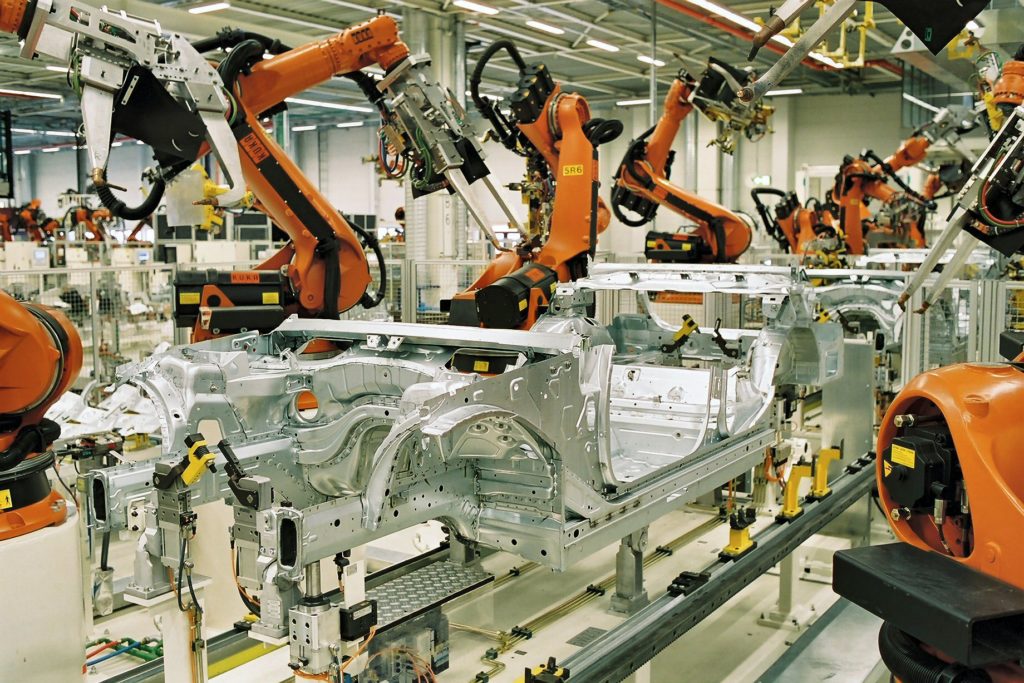
An automobile body-shop houses various machineries required for final assembly of auto-motives. In case of fire, there should be enough exits for the occupants to evacuate the facility at the earliest. The presence of smoke plays a vital role in the visibility of the exits that are available in a zone to the occupants. Lack of visibility causes panic and paranoia among the occupants during evacuation. The presence of smoke also reduces the amount of oxygen in the zone which is exposed to fire. Lack of oxygen can lead to breathing difficulties. Finally, smoke could also expose the personnel to toxic gases which can neutralize or sometimes even fatally affect the occupants. Hence the smoke pattern, its concentration, the temperature induced by the smoke along with the concentration of oxygen and visibility is studied.
The propagation of smoke along with the velocity, temperature, density, concentration and visibility distribution can be determined using CFD. To describe a fire scenario in the body-shop, fire source is chosen to be a cotton bin which starts to burn due to an accidental spark from a welding robot. Zones near the fire sources are refined while generating Mesh for CFD simulations. Characteristics fire diameter is the most important quantity to be estimated for generating adequate cell size to capture propagation of fire and smoke. Along with the fire and smoke propagation, occupants egress analysis has been done to observe the total effective time taken by the evacuees to evacuate the premises in case of a fire. This study also enables us to decide the number of exits required to evacuate the building in a worst case scenario evacuation takes a longer time than anticipated. Based on this study, evacuation drills and training can be provided to the personnel so that they are well equipped to challenge and handle the fire.
The picture represents two images of a body-shop fire. The left hand side image shows smoke propagation at 300 second from the start of fire and right hand plot shows how fast the evacuation is progressing with time. Similarly temperature plots and visibility contours can be obtained. Exit counters can be used to count the number of agents evacuating in a particular exit. Thus it is possible to find out the most crowded exits and it can be predicted whether more exits are needed or not. Effect of fire fighting systems, like fire alarms and water sprinklers also can be modeled during the CFD analysis.


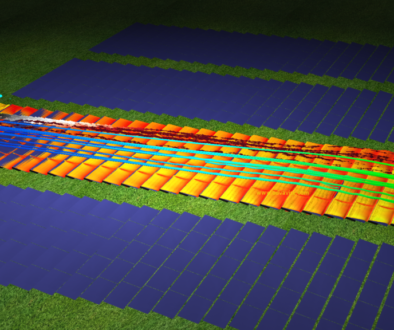
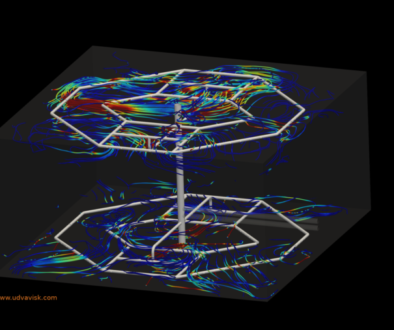
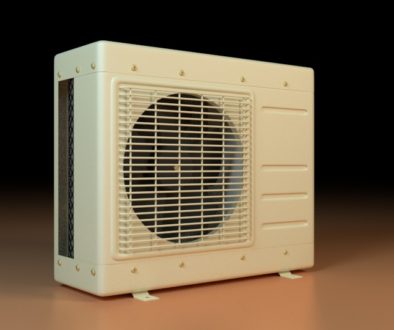
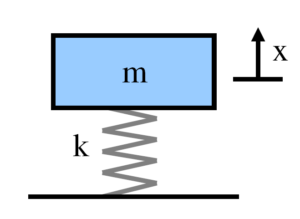
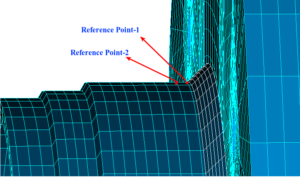
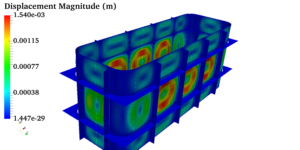 Pressure vessels, pipes, expansion joints etc. are basic equipments for process industries. Pressure vessels are vessels working under internal, external or vacuum pressure, and possibly subjected to high temperature. Proper design and analysis is very important for the pressure vessels, as their failure can cause lot of hazards. Codes/ standards are used in the design phase, followed by analysis to ascertain stresses are within the allowable range. ASME provides wide range of guidelines for the proper design of such vessels.
Pressure vessels, pipes, expansion joints etc. are basic equipments for process industries. Pressure vessels are vessels working under internal, external or vacuum pressure, and possibly subjected to high temperature. Proper design and analysis is very important for the pressure vessels, as their failure can cause lot of hazards. Codes/ standards are used in the design phase, followed by analysis to ascertain stresses are within the allowable range. ASME provides wide range of guidelines for the proper design of such vessels.